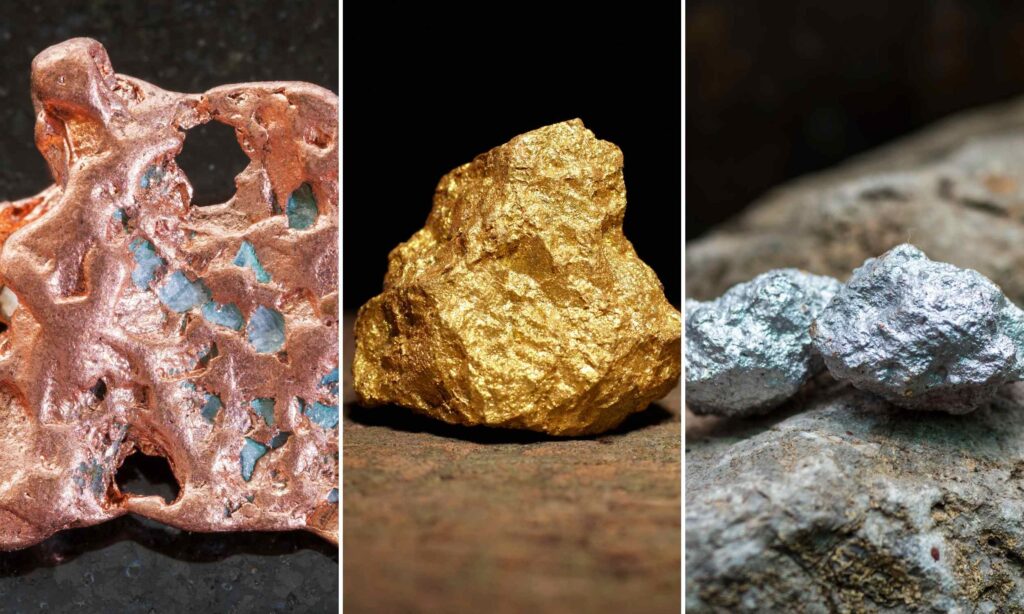Geologists Uncover the Largest Copper, Gold, and Silver Deposit in the Past 30 Years
massive mineral deposit has been discovered in Argentina’s Andes mountains, representing the largest find of copper, gold, and silver in the past thirty years. The site lies in San Juan province, near the Argentina-Chile border, an area long celebrated for its scenic mountains but now poised for significant mining development. The discovery was made by a joint venture called Vicuña, created through the partnership of mining companies Lundin Mining and BHP.
A New Opportunity for Argentina’s Mining Industry
The deposit contains an estimated 80 million ounces of gold and silver combined and more than 12 million tons of copper. This volume marks a record-setting find that could transform Argentina’s position in the global mining industry. According to Jack Lundin, CEO of Lundin Mining, this discovery “may affect the future of South America’s mining sector” by significantly boosting the region’s resource base.

Copper from the deposit is highly sought after for its essential role in green energy, including renewable power installations and electric vehicles. Demand for copper is expected to remain strong as industries expand their use of clean technologies.
Gold and silver also have broad applications ranging from jewelry, medical devices, to chip manufacturing, connecting Argentina’s newfound resources to international markets beyond Latin America.
Balancing Growth With Environmental and Social Concerns
Financial analysts project that the discovery will stimulate job creation, enhance trade figures, and encourage infrastructure development across Argentina. Local communities in the mining region are hopeful that government revenues generated from the site will fund improvements in medical centres, schools, and roads, particularly benefiting remote and underdeveloped areas.
The find holds the potential to shift Argentina’s economy by supplementing its traditional agriculture-based industries with a robust mining sector. Dave Dicaire, general manager of Vicuña, explained, “We are in an excellent position to continue advancing the development of a mining district with great potential.”
Future plans involve carefully scaled production and the use of advanced technology to maintain profitability while addressing local environmental concerns. Environmental organizations emphasize the necessity of strict supervision to protect the fragile mountain ecosystems in this sensitive border region.

Indigenous populations residing in the Andes have voiced concerns about land rights and the preservation of their cultural heritage. Argentina’s national laws require open consultations and fair treatment of these communities in any large-scale mining operations.
Regional Cooperation and Future Outlook
The discovery may also impact the broader Andean mining belt, where Chile and Peru have long dominated copper production. This development could foster greater collaboration between Argentina and its neighbors through the exchange of knowledge, labor, and capital.
Enhanced transportation infrastructure, including improved highways, railways, and customs facilities, is critical for efficient ore shipment and worker safety. Companies involved stress that these upgrades not only support mining but also improve connectivity for local communities.
The mining firms are expected to employ advanced water treatment systems, improved tailings disposal, and real-time environmental monitoring to mitigate risks associated with large-scale extraction. Transparency and environmental responsibility are prioritized to avoid the ecological problems seen in other mining regions.
This cautious approach aligns with Argentina’s goal of developing mining in a way that complements existing sectors like agriculture and tourism, avoiding negative impacts on the environment and society.
